Innovative Compostable Packaging for Modern Brands
As modern brands strive to make their mark in a highly competitive market, one of the most significant areas of focus has become sustainability. Consumers are increasingly looking for businesses that prioritize eco-friendly products and services. One of the key areas where sustainability is gaining traction is packaging. In this blog, we will explore innovative compostable packaging solutions that modern brands can incorporate into their operations, along with how sustainable packaging options, like Cardboard Door Hangers, are reshaping the future of brand identity.
At TheBoxCrafting, we take pride in offering custom boxes and packaging services that stand out for their complete customization, fastest turnaround times, use of eco-friendly materials, flawless designs, exceptional print quality, and sustainable solutions that benefit both your business and the environment. We understand the importance of providing brands with packaging solutions that not only protect products but also contribute positively to the environment. By embracing compostable packaging, brands can take a bold step toward reducing their environmental footprint while enhancing their reputation.
What is Compostable Packaging?
Compostable packaging refers to materials that break down and decompose into natural elements when exposed to composting conditions. These materials offer a more sustainable alternative to traditional plastic packaging that takes hundreds of years to decompose, contributing to pollution and waste. Compostable packaging typically consists of plant-based materials such as cornstarch, sugarcane, or bamboo fibers, which can degrade naturally without leaving harmful residues behind.
Unlike biodegradable packaging, which may still take a considerable amount of time to break down, compostable packaging is designed to decompose more rapidly and turn into nutrient-rich compost when exposed to the right conditions. It offers an environmentally friendly option for modern brands looking to showcase their commitment to sustainability.
Why Should Modern Brands Choose Compostable Packaging?
- Environmental Benefits:The most significant advantage of compostable packaging is its positive impact on the environment. Unlike traditional plastic that sits in landfills for centuries, compostable materials break down into organic matter and return to the earth. This reduces waste and helps alleviate the growing problem of plastic pollution, which is harming wildlife and ecosystems around the world.
- Consumer Demand for Sustainability:Today’s consumers are more environmentally conscious than ever before. According to studies, a large percentage of customers prefer brands that use sustainable practices and eco-friendly packaging. Offering compostable packaging is an effective way to cater to this demand and improve brand loyalty.
- Enhanced Brand Image:Sustainability is no longer just a trend; it’s a fundamental business strategy. Brands that integrate compostable packaging into their operations are seen as forward-thinking and environmentally responsible. This can lead to increased consumer trust, positive word-of-mouth, and an enhanced brand reputation.
- Compliance with Regulations:As governments around the world implement stricter regulations on plastic waste, companies must adapt to stay compliant. Compostable packaging offers an effective solution that not only helps businesses avoid penalties but also supports global efforts to reduce plastic waste.
- Cost-Effective in the Long Run:While the initial cost of compostable packaging may be slightly higher than conventional packaging, the long-term benefits often outweigh the costs. As consumer demand for sustainable products rises, the prices for eco-friendly materials are expected to decrease, making them more accessible for businesses of all sizes.
Key Benefits of Compostable Packaging for Modern Brands
- Reduced Carbon Footprint:Compostable packaging materials, such as cardboard, are typically produced with fewer resources and less energy compared to plastic. This results in a reduced carbon footprint, which helps businesses contribute to mitigating climate change.
- Versatility and Customization:Compostable packaging comes in various forms, from custom boxes to bags, pouches, and labels, which can be tailored to match your brand’s unique identity. At TheBoxCrafting, we offer full customization for compostable packaging, ensuring that every piece aligns with your brand’s ethos while staying environmentally friendly.
- Positive Consumer Perception:Consumers are more likely to support a brand that demonstrates a genuine commitment to sustainability. By offering compostable packaging, you can differentiate your brand from competitors and attract customers who prioritize eco-friendly practices.
- Packaging Innovation:Compostable packaging options allow brands to be more innovative with their designs. From unique shapes to vibrant prints, compostable packaging provides the flexibility to create eye-catching, memorable packaging that resonates with your audience.
Types of Compostable Packaging Materials
- Paper-Based Packaging:Paper-based materials, such as recycled paper and cardboard, are among the most common types of compostable packaging. They break down quickly and can be used for a variety of packaging types, including boxes, bags, and inserts. One popular example is Cardboard Door Hangers, which are customizable and environmentally friendly options for retail brands.
- Cornstarch Packaging:Cornstarch is a popular compostable material used for packaging, particularly for items like food containers, packaging peanuts, and bags. Cornstarch packaging is biodegradable and decomposes naturally when exposed to composting environments.
- Sugarcane and Bamboo Fibers:Sugarcane and bamboo are rapidly renewable resources that are used to make compostable packaging. They are often used in food packaging, like trays and containers, because of their durability and ability to break down efficiently in composting conditions.
- Plant-Based Plastics:Plant-based plastics, made from materials like PLA (polylactic acid) and PHA (polyhydroxyalkanoates), offer a compostable alternative to conventional petroleum-based plastics. These bioplastics are suitable for various applications, including food packaging and drink cups.
How Compostable Packaging Supports Sustainability Goals
- Waste Reduction:By using compostable packaging, brands can help reduce the amount of waste that ends up in landfills. The ability of compostable materials to break down naturally means less waste, reducing the overall environmental impact.
- Supporting the Circular Economy:Compostable packaging is a key player in the circular economy model. It helps close the loop by returning organic matter back to the earth, enriching soil and promoting healthy ecosystems.
- Promoting Ethical Consumerism:Brands that use compostable packaging demonstrate a commitment to ethical consumerism. By choosing eco-friendly materials, businesses can encourage their customers to make more sustainable choices in their daily lives.
How to Transition to Compostable Packaging
- Assess Your Current Packaging:Before switching to compostable packaging, take a close look at your existing packaging materials. Identify areas where you can make the most impact by transitioning to sustainable alternatives.
- Choose the Right Materials:The type of compostable packaging you choose will depend on your product and brand needs. Consider factors like product protection, durability, and aesthetic appeal when selecting materials.
- Partner with the Right Supplier:Work with a reliable packaging supplier who offers compostable packaging solutions. At TheBoxCrafting, we provide a wide range of custom compostable packaging options that can be tailored to your brand’s unique needs.
- Educate Consumers:Once you adopt compostable packaging, educate your consumers about its benefits and how to dispose of it properly. Encourage your customers to compost the packaging instead of throwing it away to ensure it reaches its full potential in reducing waste.
FAQ
- What is the difference between compostable and biodegradable packaging?Compostable packaging breaks down into natural elements within a composting environment, while biodegradable packaging may still take time to decompose and could leave behind harmful residues.
- Is compostable packaging more expensive than traditional packaging?While compostable packaging may have a slightly higher upfront cost, the long-term environmental benefits and consumer demand for sustainability can make it a cost-effective choice.
- Can compostable packaging be recycled?Compostable packaging is typically not recyclable. Instead, it should be composted to break down into organic matter.
- How do I know if my packaging is compostable?Look for certifications like the BPI (Biodegradable Products Institute) or ASTM D6400 to ensure that the packaging is compostable.
- Are there any limitations to compostable packaging?While compostable packaging is a great alternative, it may not be suitable for all products. It’s important to assess your brand’s needs and product requirements before making the transition.
Conclusion:
Incorporating compostable packaging into your brand’s packaging strategy is not only a responsible business decision but also an opportunity to align with modern consumer values and market trends. As sustainability becomes an essential part of brand identity, choosing compostable materials is a powerful way to enhance your business’s environmental impact. At TheBoxCrafting, we offer innovative, custom packaging solutions that help you transition smoothly into more sustainable practices while maintaining the high standards of quality and design your brand deserves.
For more information on how we can help your brand implement compostable packaging, visit TheBoxCrafting.

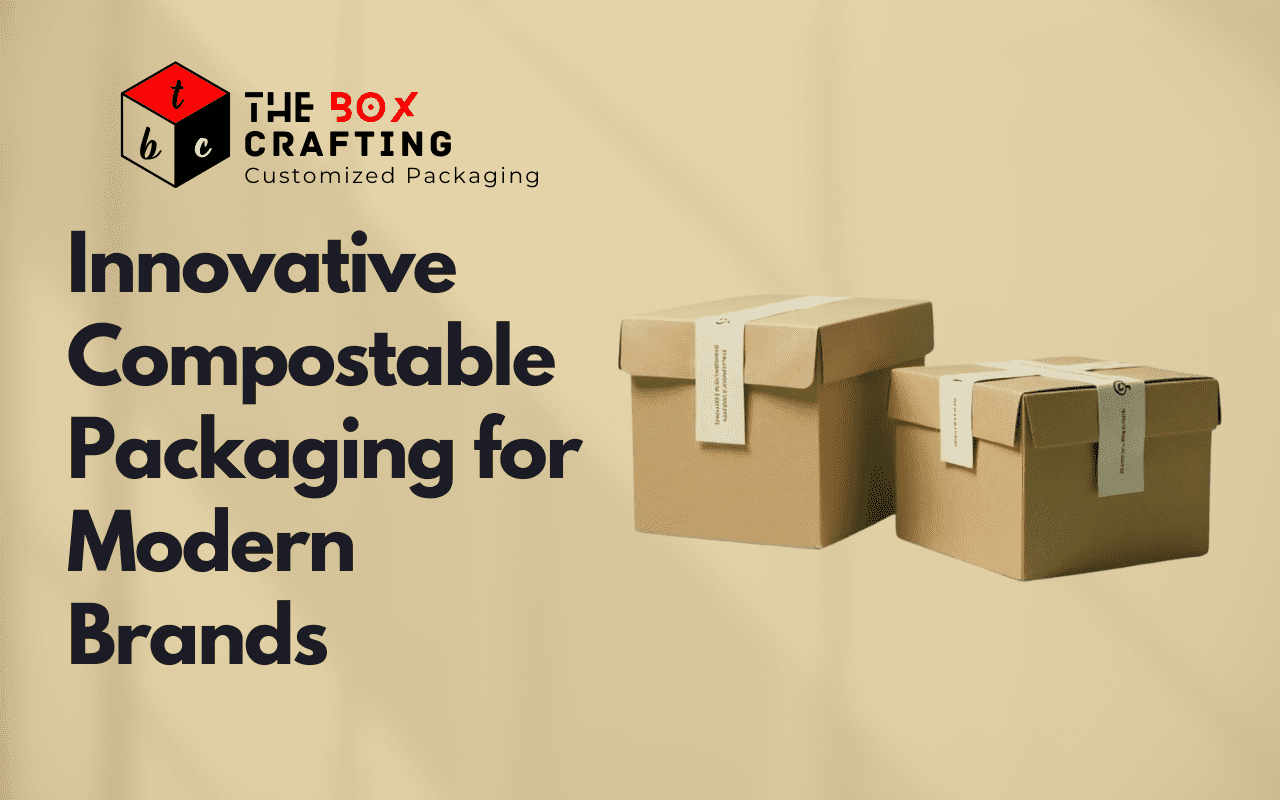
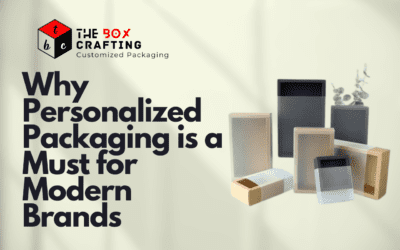
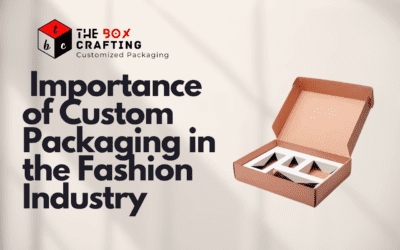
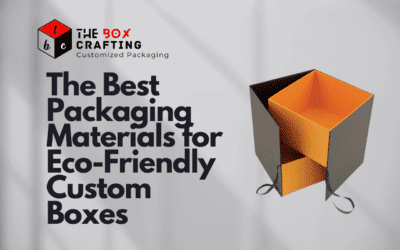
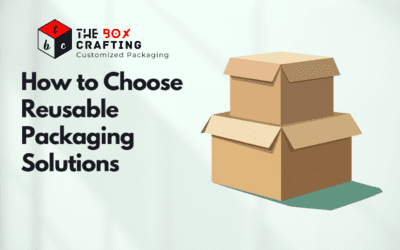
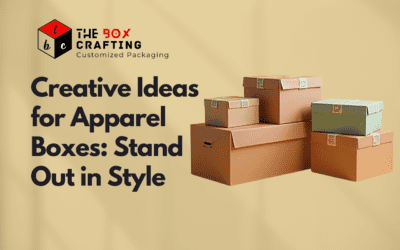
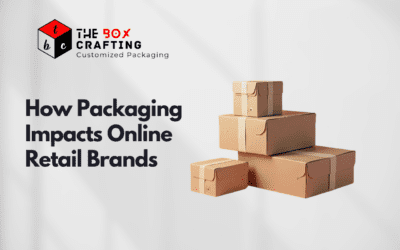
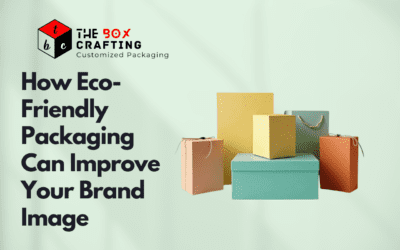
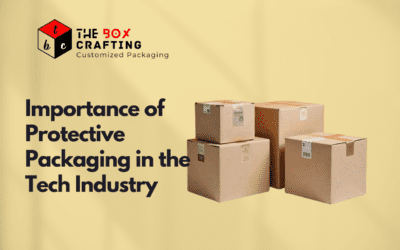
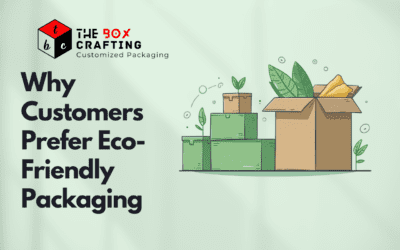

Leave a Reply